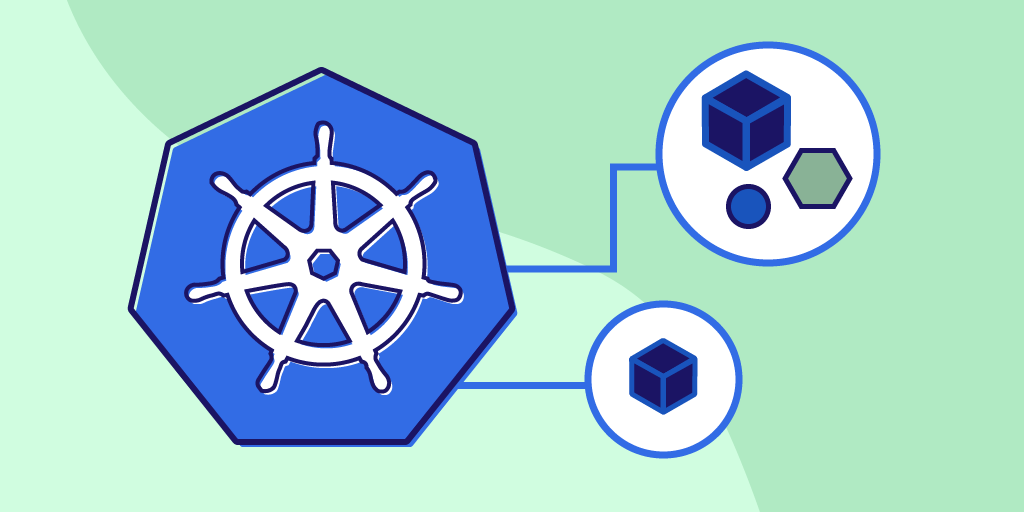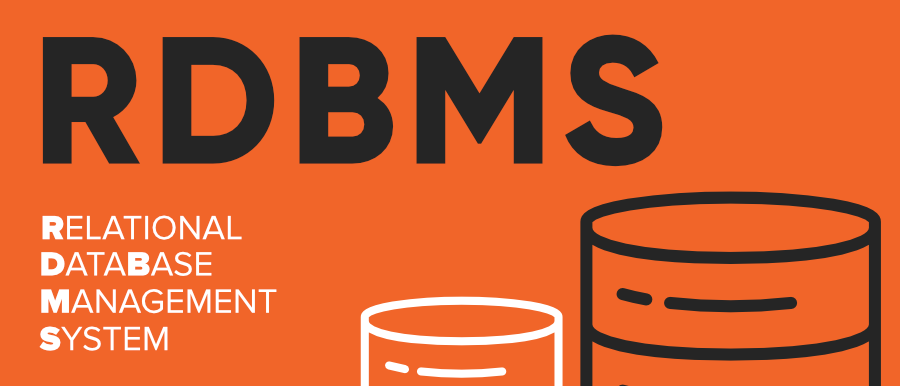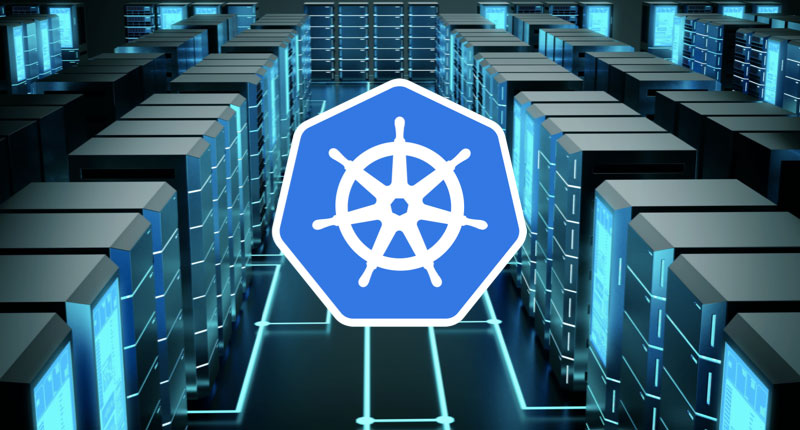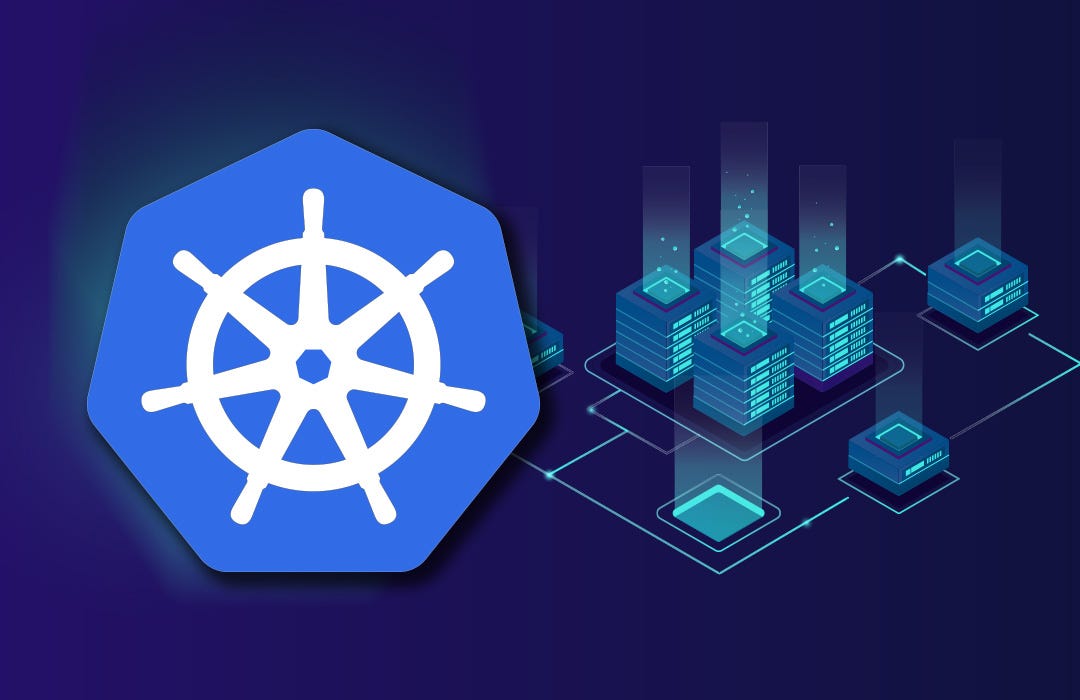Creating PODs with YAML
In order to create YAML file you can use any editor of your choice. I use PyCharm whih is a python editor that has good support for YAML files.
[ pod-definition.yml ]
apiVersion: v1
kind: pod
metadata:
name:myapp-pod
labels:
app:myapp
spec:
containers:
-name: nginx-container
image:nginx
[ kubectl delete deployment nginx ]
PODs Cheatsheet
[ kubectl get pods ] -> Get information about PODs
[ kubectl run nginx --image=nginx ] -> Runs POD with Nginx Image.
[ kubectl describe pod ] -> Shows information about the PODs.
[ kubectl get pods -o wide ] -> Getting in which node the PODs are.
[ kubectl run redis --image=redis123 --dry-run -o yaml ] -> Runs the POD with the image and saves the definition file as yaml file.
[ kubeclt run redis --image=redis123 --dry-run=client -o yaml ] -> Saves the definition file as yaml file.
[ kubectl create -f redis.yaml ] -> Creates Redis Yaml File
[ kubectl apply -f redis.yaml ] -> Apply the Yaml file.
[ kubectl get pod < pod name > -o yaml > pod-definition.yaml ]
[ kubectl logs < pod name > ] ->get logs from pod.
[ kubectl logs < pod name > < container name > ] -> get the logs from the container if the pod has two or more containers running.
[ kubectl top node ] -> Provides CPU and Memory consumption of each of the nodes.
[ kubeclt top pod ] -> View performance metrics of the pods in kubernetes





